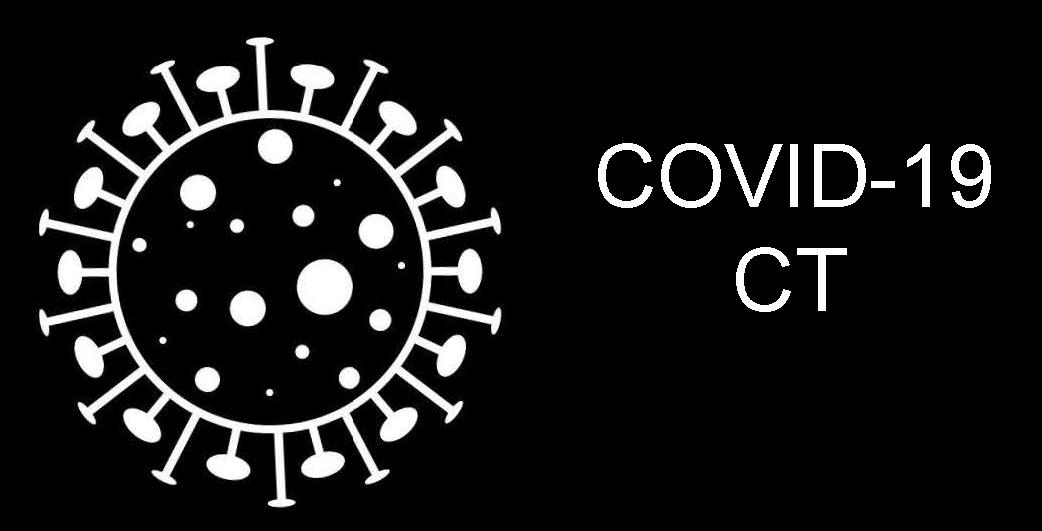We have released our collected COVID19-CT dataset online, with detailed descriptions. To the best of our knowledge, it is the largest publicly-available CT dataset for COVID-19 till now.
The link for our dataset is at https://github.com/UCSD-AI4H/COVID-CT.
(We are preparing another hold-out test set, the Automated evaluations of uploaded results will be opened after the test set is ready)
Comment:¶
**The utility of this dataset has been confirmed by a senior radiologist in Tongji Hospital, Wuhan, China, who has performed diagnosis and treatment of a large number of COVID-19 patients during the outbreak of this disease between January and April. **
After releasing this dataset, we received several feedback expressing concerns about the usability of this dataset. The major concerns are summarized as follows. First, when the original CT images are put into papers, the quality of these images are degraded, which may render the diagnosis decisions less accurate. The quality degradation includes: the Hounsfield unit (HU) values are lost; the number of bits per pixel is reduced; the resolution of images is reduced. Second, the original CT scan contains a sequence of CT slices, but when put into papers, only a few key slices are selected, which may have negative impact on diagnosis as well.
We consulted the aforementioned radiologist at Tongji Hospital regarding these two concerns. According to the radiologist, the issues raised in these concerns do not significantly affect the accuracy of diagnosis decision-making. First, experienced radiologists are able to make accurate diagnosis from low quality CT images. For example, given a photo taken by smart phone of the original CT image, experienced radiologists can make accurate diagnosis by just looking at the photo, though the CT image in the photo has much lower quality than the original CT image. Likewise, the quality gap between CT images in papers and original CT images will not largely hurt the accuracy of diagnosis. Second, while it is preferable to read a sequence of CT slices, oftentimes a single-slice of CT contains enough clinical information for accurate decision-making.
